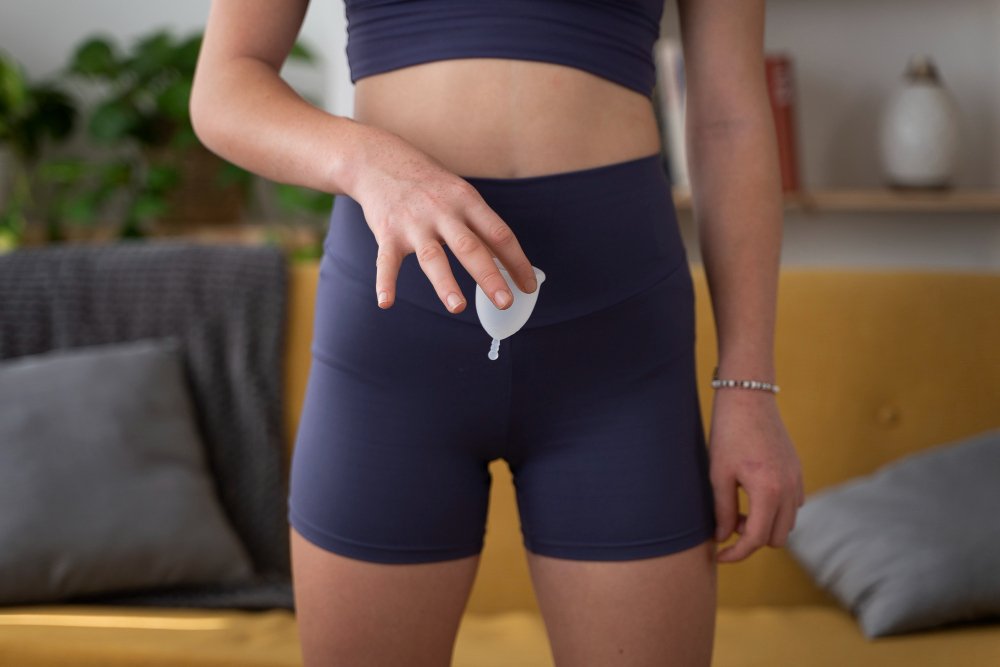
How To Inject Sperm Into Vagina If Sperm Is Low And Movement Slowly
If you’re dealing with low sperm count or slow sperm motility and are exploring ways to inject sperm into the vagina for conception, it’s essential to understand the appropriate and safe methods. Below are 20 tips and suggestions, ranging from medical options to lifestyle adjustments that may enhance fertility.
At-Home Methods
- Use a Sterile Syringe: Obtain a sterile syringe (without a needle) from a pharmacy to insert sperm into the vagina safely.
- Timing Matters: Perform the procedure during ovulation when fertility is at its peak. Use ovulation prediction kits to identify the window.
- Pre-Warm Sperm: Sperm must be kept at body temperature (37°C) to maintain viability before insertion.
- Lie Down Post-Insertion: After injecting, the woman should lie on her back with her hips slightly elevated for 20-30 minutes to assist sperm movement.
- Avoid Lubricants: Many lubricants can harm sperm. Use fertility-friendly lubricants if needed.
- Use a Soft Cup: After inserting sperm, a soft menstrual cup can help hold the sperm near the cervix.
Diet and Lifestyle Improvements for Sperm Health
- Improve Diet: Focus on foods rich in zinc, vitamin C, and antioxidants (e.g., citrus fruits, nuts, seeds).
- Stay Hydrated: Proper hydration is crucial for sperm motility.
- Avoid Heat Exposure: Men should avoid hot tubs, saunas, or tight clothing that raises testicular temperature.
- Exercise Moderately: Regular exercise improves circulation and hormone balance but avoid excessive exercise that can lower testosterone levels.
- Quit Smoking and Alcohol: Both can negatively affect sperm quality and count.

Medical Assistance
- Consult a Fertility Specialist: A fertility expert can assess the underlying causes of low sperm count or motility and recommend treatments.
- Artificial Insemination (IUI): Intrauterine insemination places washed and concentrated sperm directly into the uterus.
- In Vitro Fertilization (IVF): For severe cases, IVF with Intracytoplasmic Sperm Injection (ICSI) might be an option.
- Hormonal Therapy: If low sperm count is due to hormonal imbalance, medication may help.
- Sperm Freezing: Freeze multiple samples to concentrate sperm for future use.
Supplements and Natural Remedies
- Take Fertility Supplements: Consider Coenzyme Q10, folic acid, L-carnitine, and omega-3 fatty acids for improving sperm motility.
- Herbal Remedies: Certain herbs like Ashwagandha, maca root, and ginseng may support sperm health.
Stress Management
- Reduce Stress: High stress levels can interfere with sperm production. Practice yoga, meditation, or other relaxation techniques.
Partner’s Role
- Track Ovulation Accurately: The woman should track her cycle using ovulation kits or apps to maximize the chances of conception.
Important Notes
- Always prioritize hygiene and sterility when using at-home methods to prevent infections.
- Consult a fertility expert if conception does not occur after trying these methods for a few months.
how to inject sperm into vagina using injection or other tools that directly goes to vagina
These approaches, combined with patience and consistency, may improve your chances of conception.
Injecting sperm into the vagina using tools is a method commonly referred to as home insemination and is typically done when trying to conceive. It’s important to use sterile, safe tools and follow proper hygiene practices. Below are tools and tips for performing this procedure safely:
Tools for Home Insemination
- Sterile Syringe:
- A standard medical syringe (without a needle) is commonly used.
- A 5-10 mL syringe is usually sufficient.
- Soft Cervical Cap or Cup:
- A menstrual cup can hold sperm near the cervix.
- Catheter Tip:
- Attach a soft, sterile catheter to the syringe for easier and deeper placement near the cervix.
- Speculum (Optional):
- A small, sterile vaginal speculum may help open the vaginal canal for better visibility and insertion.
- Pre-Seed Fertility Lubricant:
- A sperm-friendly lubricant ensures the tools are comfortable and does not harm sperm.
- Sterile Collection Container:
- Collect sperm in a sterile cup or container to maintain viability.
- Applicator or Pipette:
- A disposable pipette can be used to transfer sperm into the vagina.
- Gloves:
- Use disposable sterile gloves to maintain hygiene.
Steps for Home Insemination
- Hygiene First:
- Wash hands thoroughly and ensure all tools are sterilized.
- Collect the Sperm:
- Use a sterile container to collect sperm. It should be kept at body temperature to maintain viability.
- Prepare the Syringe:
- Draw the sperm into the syringe or applicator.
- Insert into the Vagina:
- Lie on your back with hips elevated.
- Gently insert the syringe or catheter into the vagina, aiming toward the cervix.
- Release the Sperm:
- Slowly push the plunger to deposit sperm near the cervix.
- Post-Insemination Rest:
- Remain lying down with hips elevated for 20-30 minutes to help sperm reach the cervix.
Precautions
- Sterility: Always use sterile tools to avoid infections.
- Avoid Sharp Tools: Never use tools like needles or anything that may cause injury.
- Comfort: Ensure you are relaxed and comfortable to avoid discomfort during the process.
When to Perform the Procedure
- Time insemination with ovulation for the best chances of conception. Use ovulation kits to identify the fertile window.




